Blended learning
Blended learning is a style of education that combines traditional face-to-face teaching methods with online learning. The online and in-person learning experiences parallel and complement one another, providing a comprehensive learning experience.
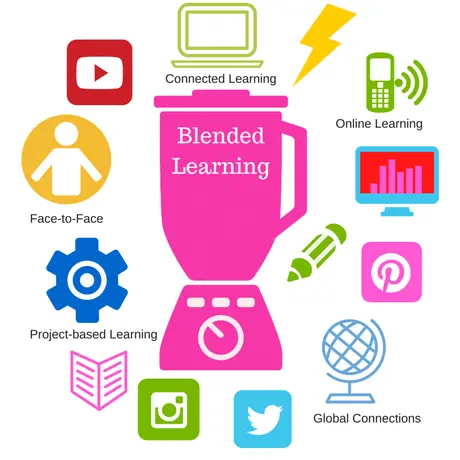
What is blended learning?
A course that applies blended learning is a course in which learning activities and assessment activities are carried out in both the physical and the digital learning environment. A blended course involves scheduled face-to-face class sessions that are accompanied by online materials and activities - essentially a “blend” of both live (synchronous) and online learning.
In the video below, Christopher Tuffnell gives us a post-pandemic definition of blended learning, where it is not about just creating videos but a fundamental shift in your teaching, moving away from teacher-led delivery to a more learner-centred approach.
Why design blended learning courses?
Blended learning is a dynamic and adaptable educational strategy that can meet the unique needs of healthcare educators and students alike, for several reasons:
- Flexible design: Blended learning offers variation in terms of time, place, path, or pace of learning. This is especially useful for healthcare professionals who often have demanding schedules (Cronje, 2022).
- Efficiency: By combining the best of both online and traditional methods, blended learning provides an efficient approach to professional development (Shang & Liu, 2018).
- Adaptability: Blended learning prepares healthcare professionals for the multifaceted challenges of modern healthcare delivery. It allows for the adaptation of teaching methods to suit the needs of individual learners (Boelens et al. 2018).
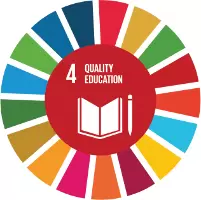
How does blended learning contribute to quality?
Blended learning enhances the quality of teaching and learning by providing variation, promoting engagement, improving efficiency, and fostering effective learning outcomes.
Focus on student learning:
- Personalized learning experience: Blended learning is designed to be student-centered, offering variation and personalization. It caters to different learning styles and preferences, allowing students to learn at their own pace and focus on areas where they need more practice.
- Enhanced engagement: By providing a variety of learning modalities and promoting interactions between students, peers, and teachers, blended learning fosters a more engaging and collaborative learning environment.
- Integration of technology: Blended learning integrates technology into the learning process, helping students to adapt to an increasingly digital society. It also encourages active learning, making the learning process more interesting and engaging.
Blended learning is being applied in all scientific and professional spheres. This learning model is praised for its positive impact on motivation and learning effectiveness, as well as for promoting student autonomy.
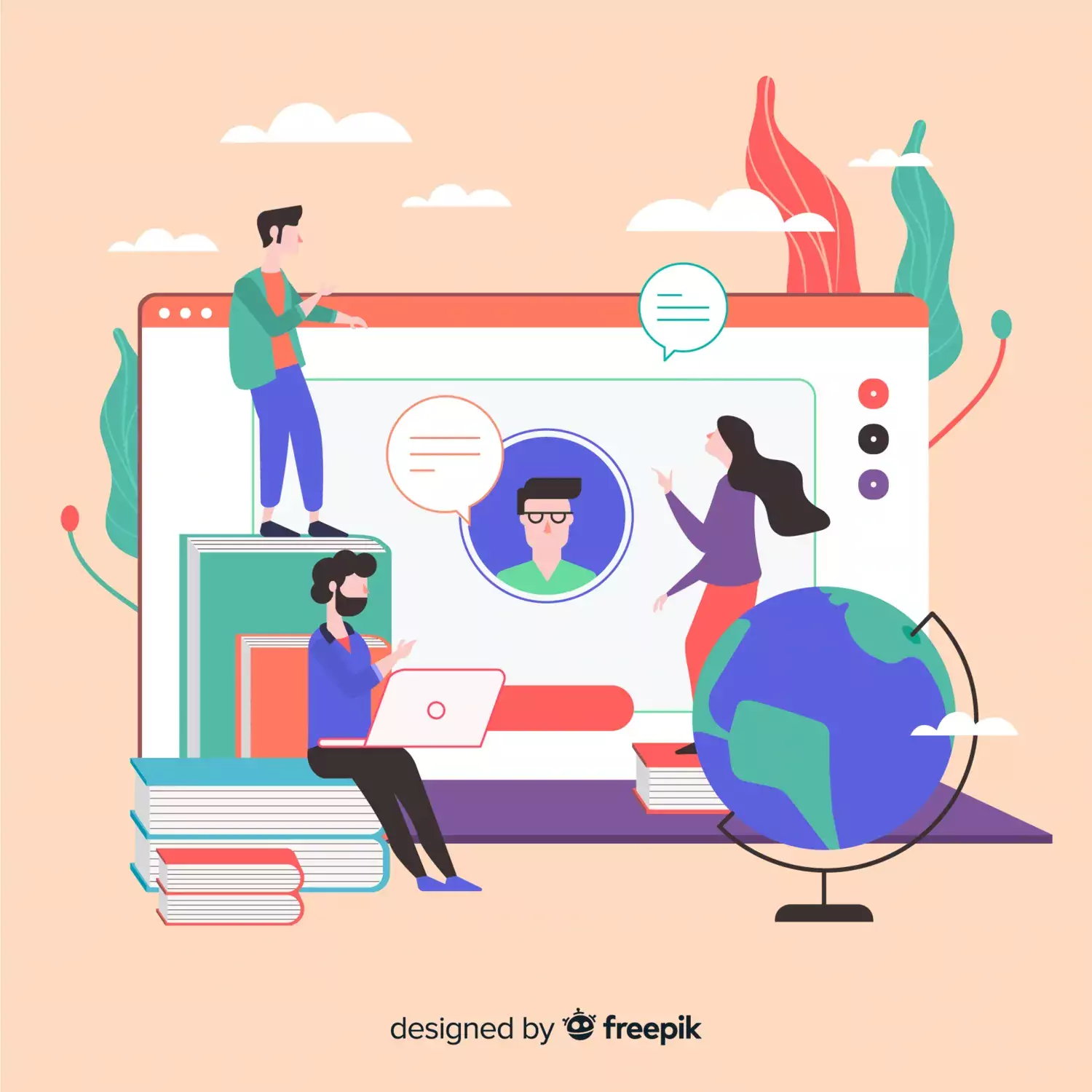 Photo: Freepik
Photo: FreepikBlended Learning Design Toolkit
This toolkit is a step-by-step guide for designing quality teaching and learning sessions in blended course delivery. This toolkit is aimed primarily at educators working with course development, or anyone interested in designing teaching and learning at KI.
Share you experiences
Related educational resources
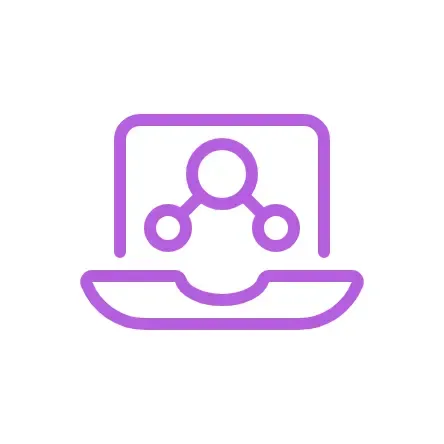 Photo: napkin.ai
Photo: napkin.aiBlended Learning Design
A step-by-step toolkit for designing quality teaching and learning sessions in blended course delivery. It offers practical guidance in learning design, helping you make intentional decisions about which aspects of your course are best suited for online versus face-to-face delivery.
 Photo: GettyImages
Photo: GettyImagesCanvas Course Design
This toolkit is designed to provide teachers at KI with real life examples of how to use Canvas to create content based on the six learning types in the ABC course design model.
You will be accessing this toolkit in the student role in Canvas.
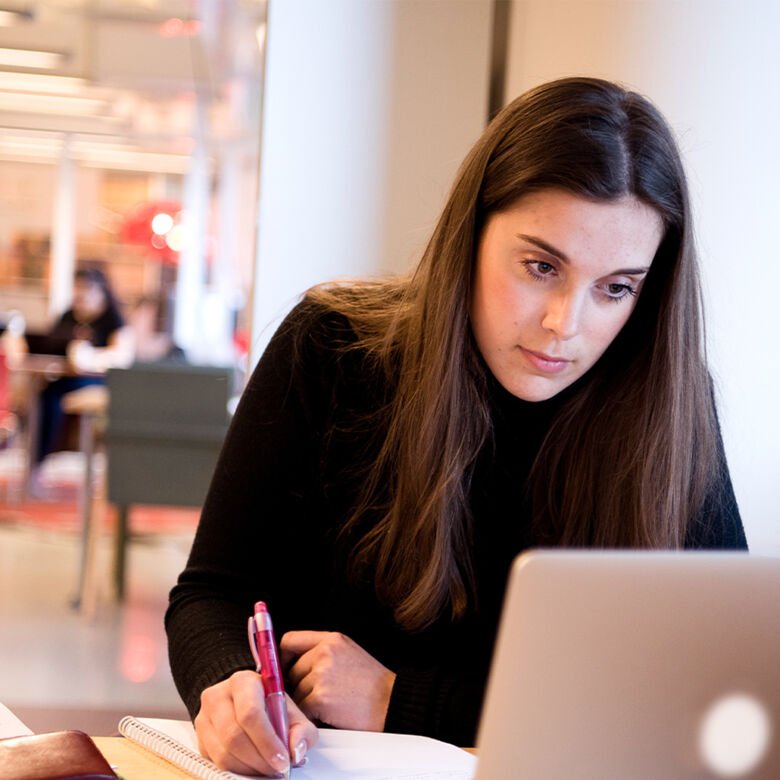 Photo: Erik Cronberg
Photo: Erik CronbergABC Online Toolkit
In this self-paced toolkit, you will be introduced to using the ABC model to plan your transition from previously face-to-face teaching in the classroom courses to delivery online, either asynchronously or synchronously.
